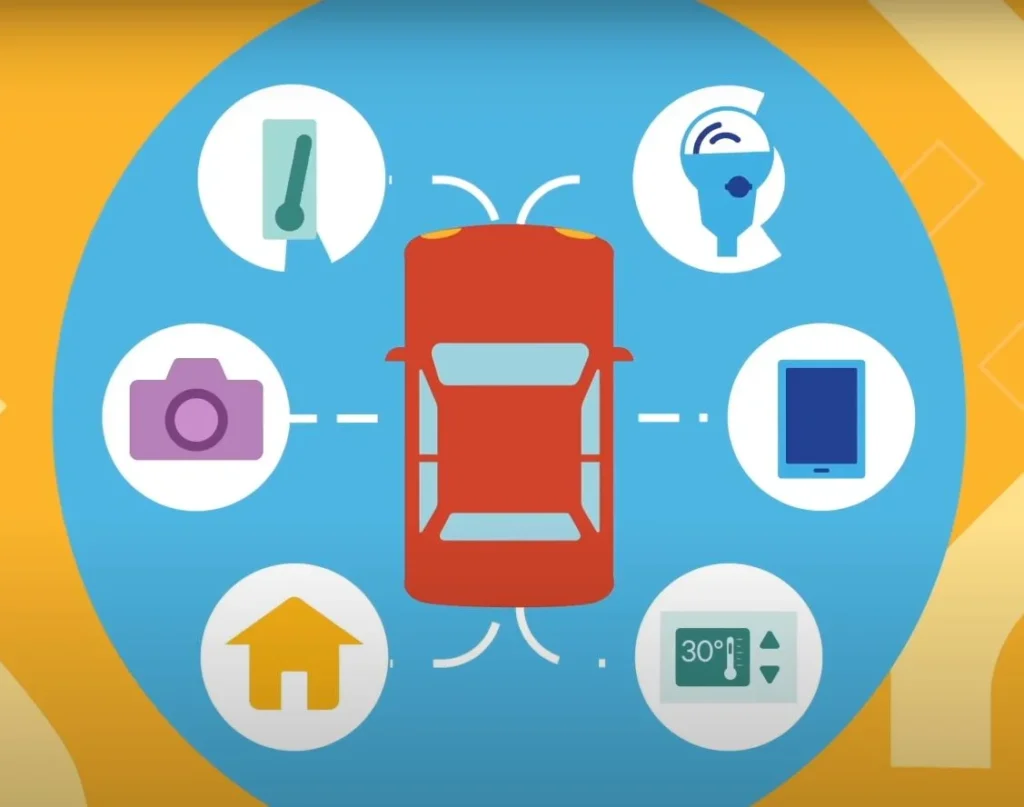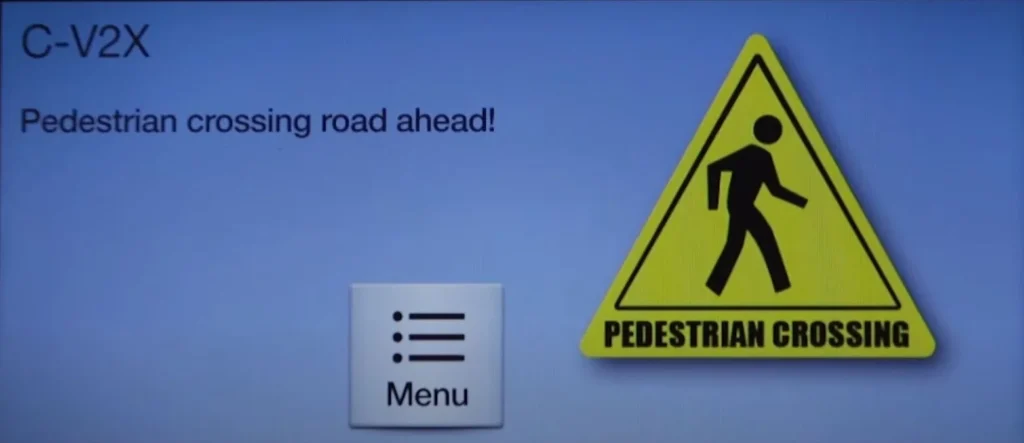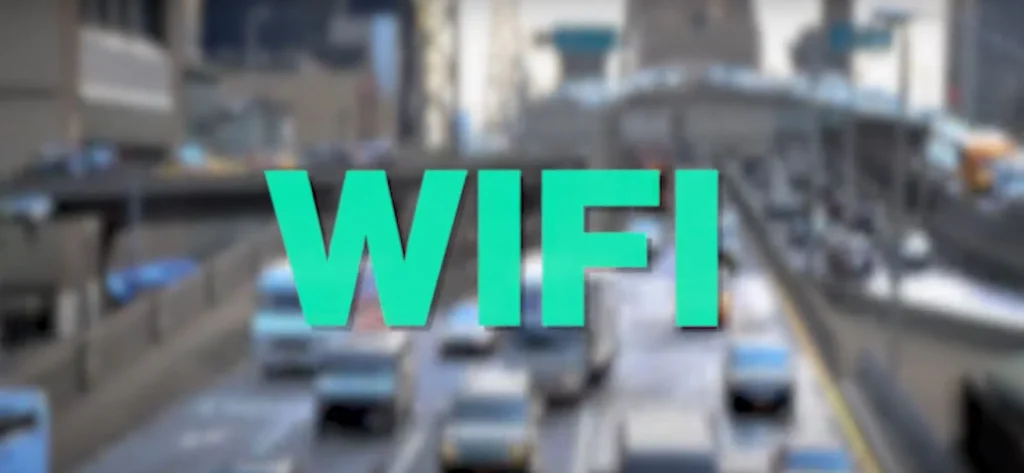With the development of high-speed networks, IoT innovations, and in-vehicle technologies, 5G technology is becoming more prevalent in the automotive industry. The 5G car may arrive soon for a few main reasons that are driving the development of these technologies.

You might be surprised by the research. How frequently do traffic and highway accidents result from issues with vehicles, such as flat tires, malfunctioning steering, or failed brakes? Human error is the primary cause of approximately 94% of car accidents, according to research conducted by the United States Department of Transportation. Merely 2% of incidents are caused by mechanical malfunctions. Analyzing the data further reveals that driving too fast is a contributing factor in one out of every four fatalities. According to alarming statistics, most traffic accidents and 25% of all road deaths are entirely avoidable. Road safety will thus be drastically altered by connected cars.
It’s bad news when accidents can’t be avoided. The good news is that we can finally take action to address them. Self-driving automobiles could become a reality sooner than most people believe thanks to the deployment of 5G networks, mobile communications, and other new technologies. This article examines how connected car and autonomous driving technologies are being adopted by cities, the nature of this technology, and the potential release date of the first self-driving vehicles. Let’s examine 5G, IoT, and automotive applications in the future.
What distinguishes autonomous cars from wireless connected ones?
It is imperative to distinguish between an autonomous vehicle and a connected vehicle. A vehicle that has the ability to connect to a customer’s cell phone or receive information from an outside source is said to be connected. Nowadays, connected cars are already typical. The GPS network, for instance, is connected to a car’s navigation system. The navigation system has the ability to plan an alternate route in the event of traffic or other road disturbances.

V2X – Vehicle-to-Everything
The development of V2X, where X can be a pedestrian or an intersection traffic guidance system, will be the next stage of connected vehicle technology. Vehicle-to-Everything, or V2X for short, is the pinnacle of connected car technology; it enables automatic vehicle braking to prevent collisions.
OnStar
An additional excellent illustration of a connected car is OnStar. The driver can dial an emergency number to request the dispatch of an ambulance or a tow truck in case of an emergency. Regarding the phone connection, a lot of automakers already let drivers sync their phones with their vehicles in order to use apps, listen to music, or turn on voice recognition.
Despite being useful services, OnStar and GPS are built on outdated technology. The process of even tying a smartphone to a car’s dashboard is usually not very thrilling. The capabilities of the linked automobiles of the future will be far greater. 5G vehicles will be able to connect to 5G networks, allowing for communication between them as well as ultra-fast, low-latency communication. For example, the issue that self-driving cars with current technology typically have at stop signs can be resolved if two 5G-connected cars approach a stop sign and agree beforehand who will go through first.
It is evident that an autonomous vehicle is not always a linked vehicle. Enhancements in Vehicle-to-X communication are referred to as V2X. The next stage, where the car drives itself, is an autonomous vehicle, which will eventually depend on the incorporation of 5G technology into automotive systems. Several of the earliest autonomous cars were unconnected automobiles. To traverse the roads, they used radar and prearranged routes. But in the future, the majority of self-driving cars will be networked since there are many advantages at a reasonable price.
Autonomous vehicles of the future are made possible by today’s technology
In order to realize the promise of fully autonomous vehicles, a city center must have high-speed 5G connectivity for thousands of vehicles at once. Higher bandwidth and lower latency are necessary for truly autonomous vehicles, even though 4G is a significant improvement over 3G and is well suited for the majority of today’s IoT applications. In light of this, numerous American cities—particularly bigger ones like Los Angeles and New York—are currently working to increase the coverage of 5G technology. 5G cars will be able to connect to the new networks and benefit from this infrastructure, even though these networks aren’t always set up to specifically take advantage of autonomous vehicles.
Intelligent Speed Assist (ISA)
One intriguing technology that is probably going to be involved in the development of autonomous vehicles is Intelligent Speed Assist (ISA). With ISA, a GPS system measures the car’s speed and compares it to a map of established speed limits. The ISA system can alert the driver or, depending on how ISA is configured, even slow down the car if it exceeds the speed limit. A map with integrated speed limits will be crucial for autonomous cars. While speed limit signs may not be present frequently enough for self-driving cars to notice them, machine learning and artificial intelligence will allow them to read them. There may be very few signs in certain small towns, or signs may be absent or vandalized in other locations.
Lane assist is another fascinating piece of technology that is already present in many modern vehicles, including BMWs. A car’s position on the road and ability to stay in the proper lane are determined by GPS data, cameras, and/or radar. With continued development, this technology will eventually enable an autonomous vehicle to maintain its lane at any speed and under any driving circumstance. Cruise control will appear to be a well-trained horse that consistently trots at the same pace when driven with sophisticated lane-keeping skills.
While this is going on, the path for 5G integration in automotive applications is being established, and connected car technology is currently in use.
How 5G will make self-driving cars possible
One of the main characteristics of 5G, as we’ve already covered, is that it will enable communication between automobiles. This makes data sharing possible, including past road conditions as well as current speed and destination. Data sharing between a car moving in one direction and a car moving in the other direction happens automatically.

At stop signs and traffic lights, cars will coordinate. There will be no more drivers who run red lights. Long-term, as in a few decades, driverless cars will be able to coordinate their actions without a sign or signal, which means that stop signs and traffic lights may be completely eliminated. Self-driving cars will be able to travel closer to one another, which will reduce or completely eliminate traffic congestion. Furthermore, self-driving cars won’t slow down to tailgate.
The signals that pedestrians’ pockets carry from their 5G phones will also be picked up by 5G cars. In this manner, autonomous vehicles can avoid running into people at intersections or crosswalks. A car’s radar and cameras will pick up the signal from a phone even if they are unable to identify a person. In addition to finding parking spots and using services, 5G-enabled autonomous vehicles will be able to connect to a city’s smart grid network to reap additional benefits that we may not yet be able to fathom. School buses, construction trucks, and ambulances, for instance, could send their location information so that self-driving cars can adjust their path.
When will 5G vehicles be available?
As we’ve shown, the development of the 5G network is crucial to enabling autonomous driving. A consequence of the coronavirus is that more people are working from home, which has led to an increase in bandwidth demand. For example, Verizon’s bandwidth usage has increased by 75%. The massive increase in demand may cause 5G to roll out considerably sooner than it otherwise would have. This kind of growth will create the groundwork for driverless cars.
The predictions are that by 2025, there will be 77 million connected cars in total. By 2025, there will be 14 million fully or partially autonomous cars on the road. That may not seem like much, but once the technology is dependable and reasonably priced, it could take off. It might take the same amount of time to grow the market from 14 million to 100 million as it did from 1 million to 14 million.
GM has already started working diligently on developing autonomous car technology. They invested over $1 billion to purchase the self-driving car startup Cruise Automation in 2016. Since then, Cruise has raised more money, and GM appears committed to developing the self-driving car.
Conclusion
The shift to autonomous vehicles will occur gradually rather than all at once. Lane assist and other technologies that take over control of the vehicle when necessary to save lives are already available. These technologies will advance with time, new ones will be introduced, and ultimately cars will do an increasing amount of the driving. There will come a time when a car is manufactured without a steering wheel. There might be limitations. It can only drive, for instance, in specific cities or on clear days. However, the car without a steering wheel will signal the imminence of a fully driverless future.